The first photo of Earth from space was taken in 1946—years before the first satellite!
5 Key Takeaways
- The first-ever space photo was captured on October 24, 1946, from a V-2 missile at 65 miles above Earth.
- This achievement marked the beginning of space photography, paving the way for modern satellite imaging.
- Before this, in 1935, the Explorer II balloon had observed Earth’s curvature from 13.7 miles high.
- Between 1946 and 1950, over 1,000 space images were taken, some from altitudes of 100 miles.
- Space photography remains crucial today, with astronauts on the ISS trained to capture Earth’s changes.
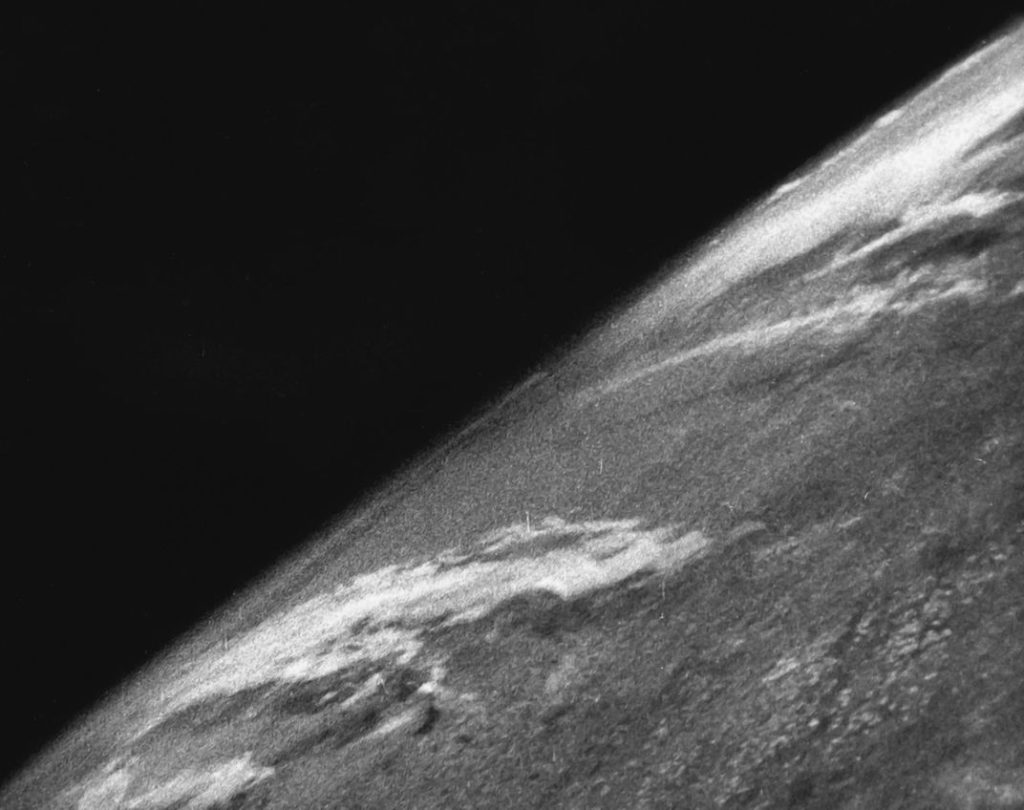
On October 24, 1946, American scientists and soldiers at White Sands Missile Range, New Mexico, launched a captured German V-2 missile equipped with a 35mm motion picture camera. The camera recorded the first-ever images of Earth from space at an altitude of 65 miles, just beyond the widely accepted boundary of outer space. Despite the missile’s crash landing, the film survived, offering an unprecedented view of the planet against the darkness of space.
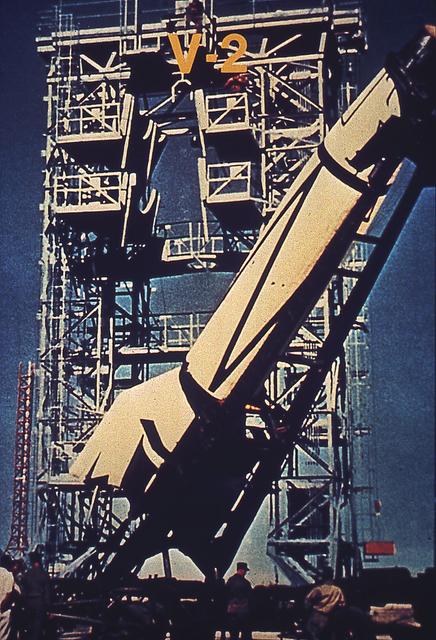
This was not the first time Earth’s curvature had been observed. In 1935, the Explorer II balloon reached an altitude of 13.7 miles, capturing the spherical horizon. However, it was the V-2 missile that delivered the first true space photographs. Following World War II, the U.S. Army launched numerous confiscated V-2 missiles for research, leading to more than 1,000 space images captured between 1946 and 1950.
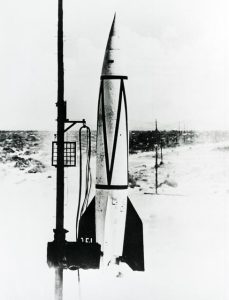
The Impact of Space Photography
Clyde Holliday, the camera’s designer, analyzed many of these images, noting their significance not just for atmospheric studies but also for advancing imaging technology. These early photos provided valuable insights into geology and meteorology, forming the foundation for modern satellite imaging.
Photography has remained a crucial aspect of space exploration. Today, astronauts aboard the International Space Station (ISS) are trained in photography to document Earth’s weather patterns, geographic changes, and natural disasters. In 1950, Holliday reflected on the historic first images, stating that they showed Earth “as it would appear to visitors from another planet.”
The impact of space photography became even more profound in 1968 when Apollo 8 astronauts captured the famous “Earthrise” image, revealing our planet as a fragile blue sphere in the vastness of space. As technology advances, space telescopes like the James Webb Space Telescope promise to capture images of the universe’s earliest moments, pushing the boundaries of exploration and discovery.
Seventy-three years after that V-2 rocket launch, space photography continues to shape our understanding of Earth and the cosmos, from the first black-and-white images of 1946 to the high-resolution deep-space photos of today.
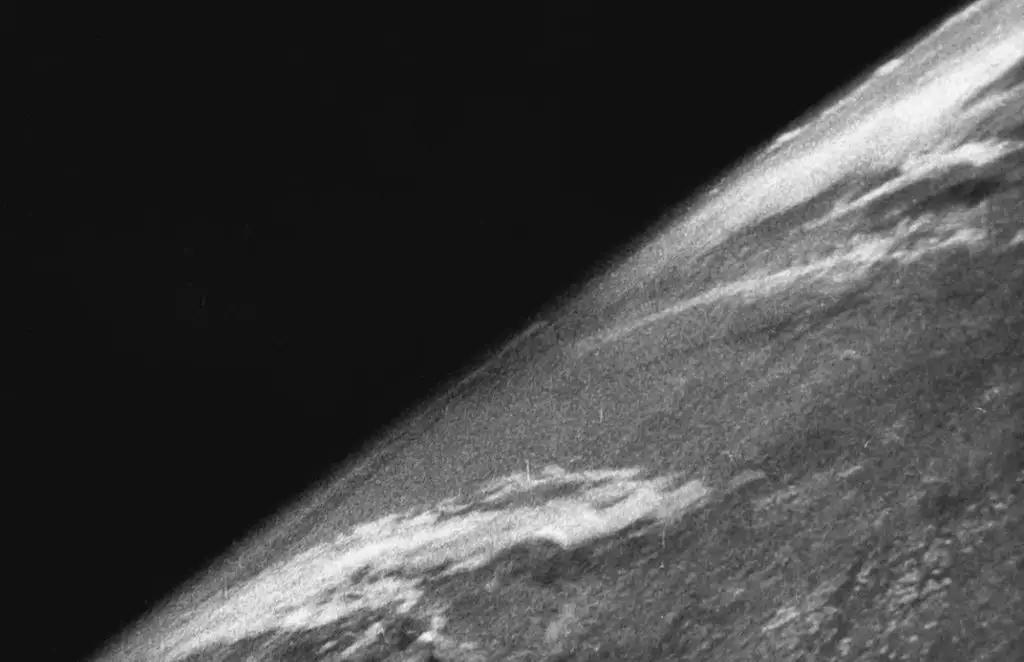
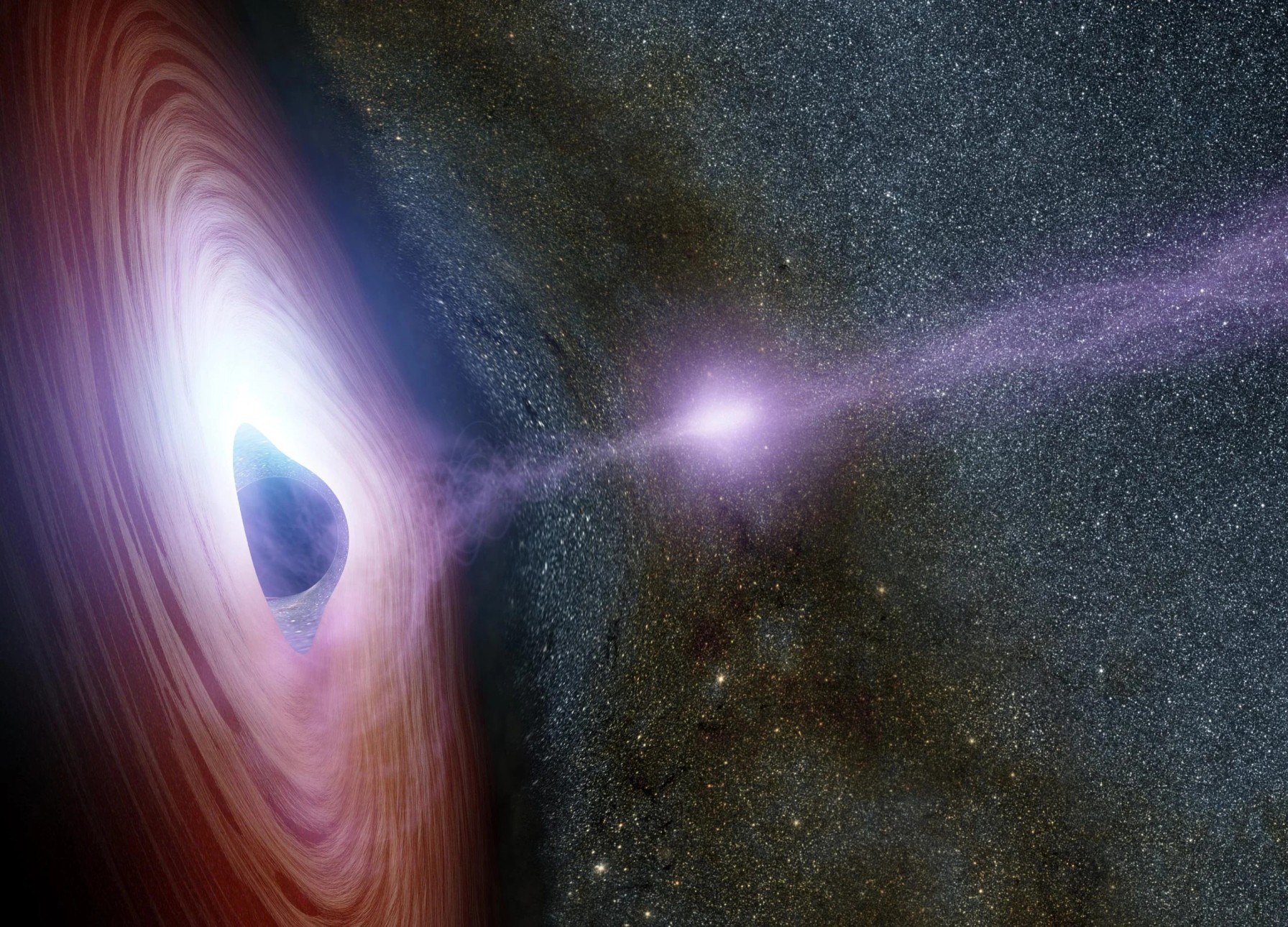
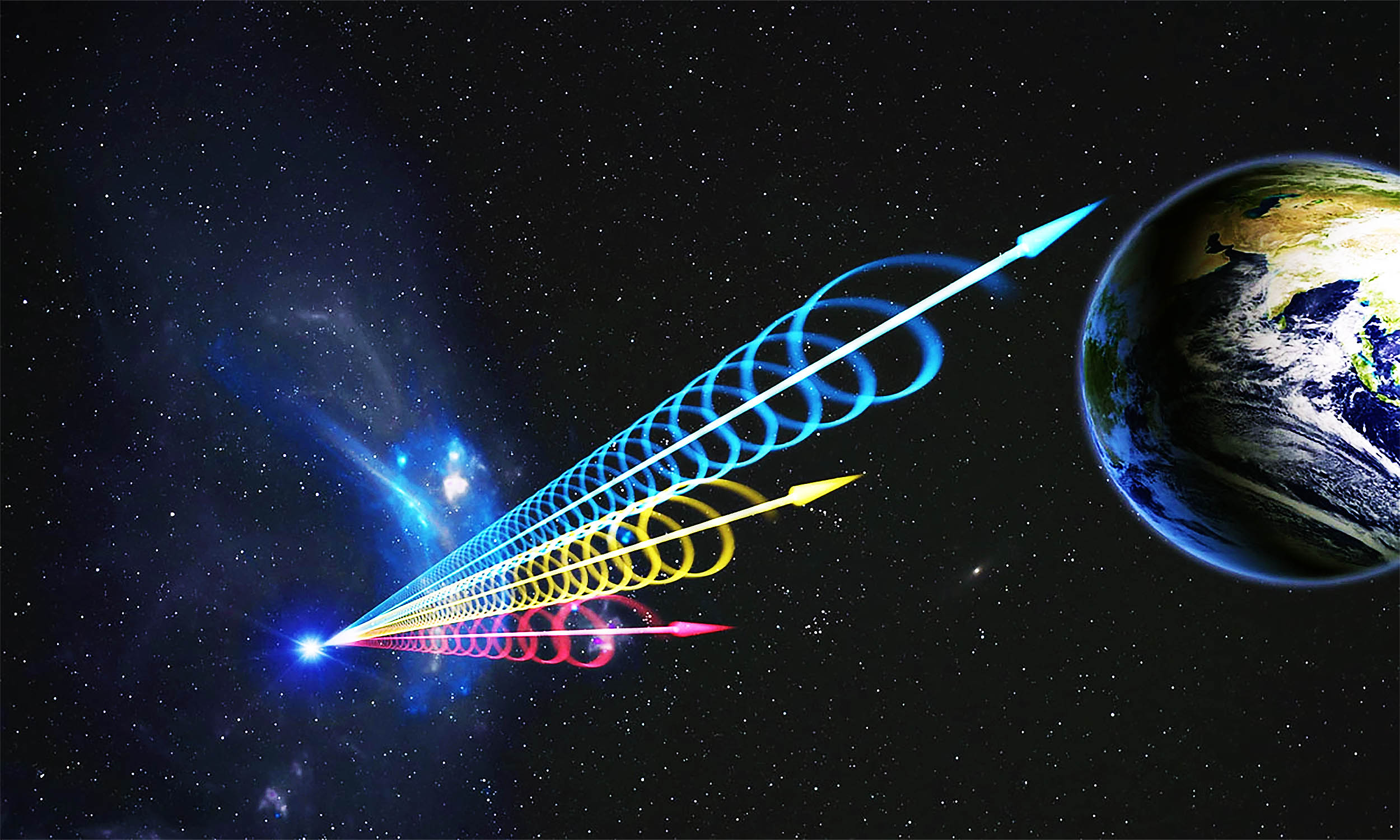
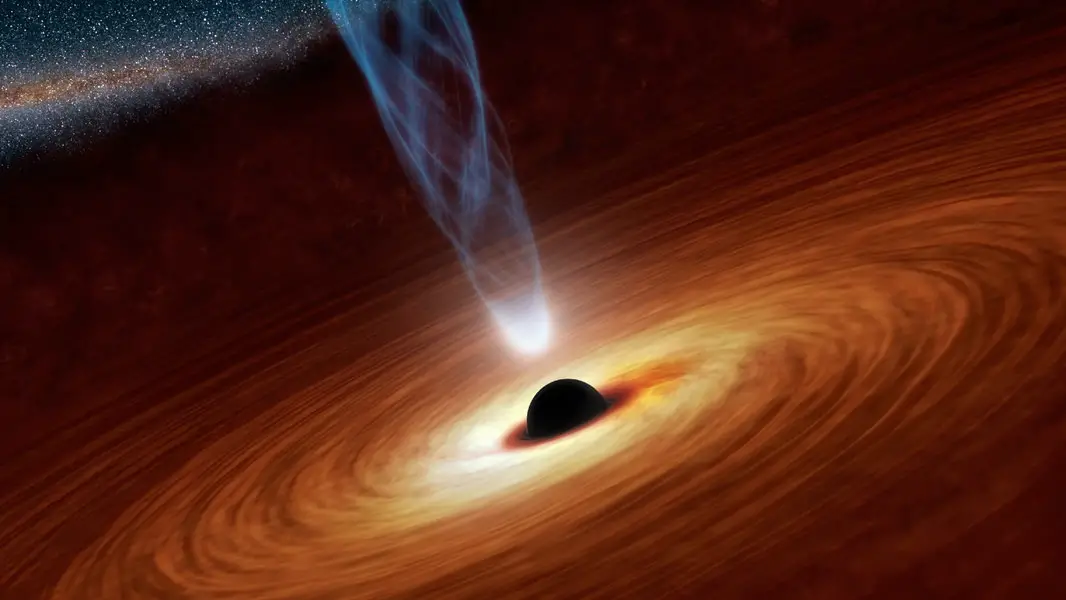
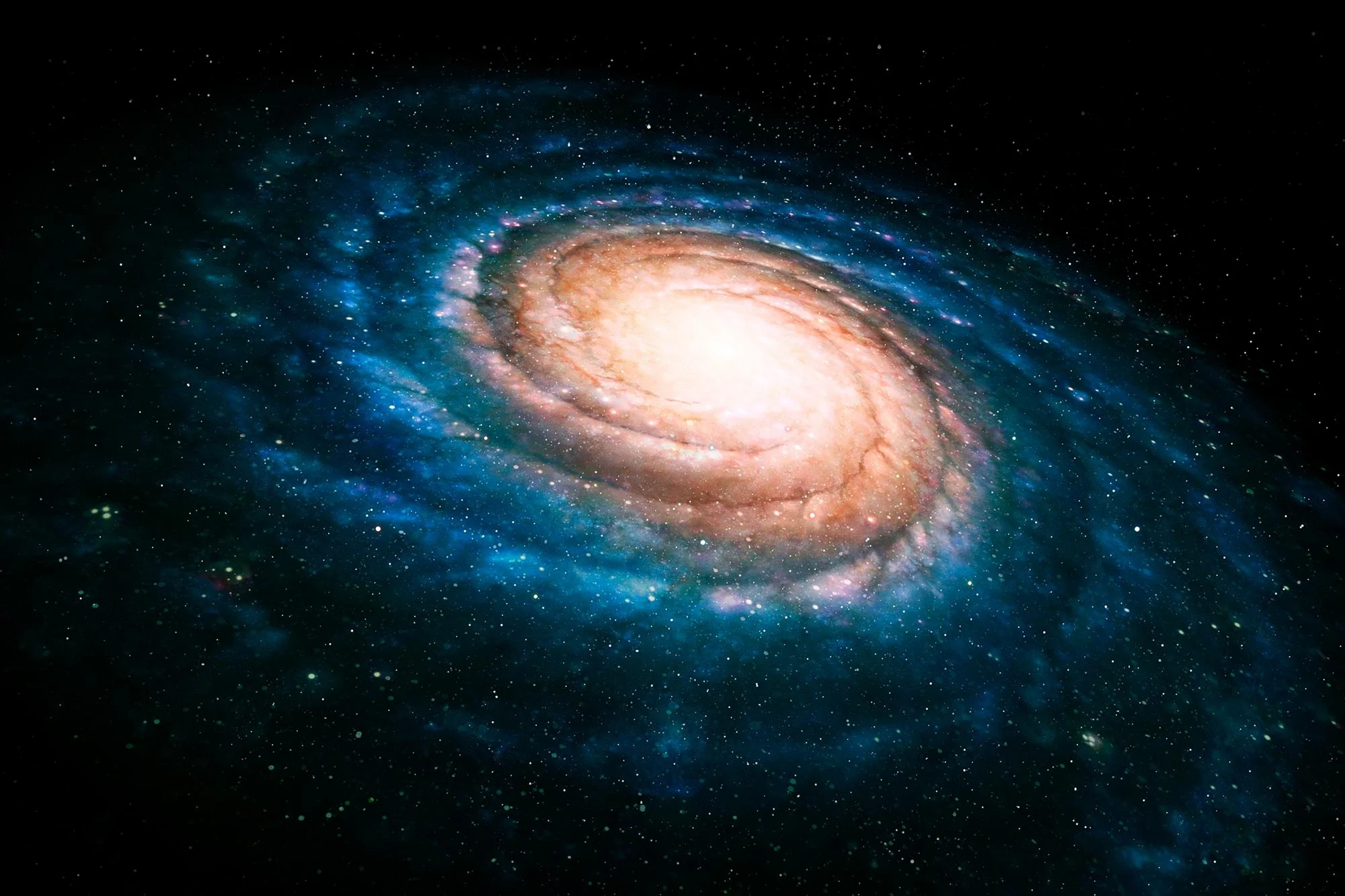
Thank you for your sharing. I am worried that I lack creative ideas. It is your article that makes me full of hope. Thank you. But, I have a question, can you help me?